
For better understanding what the Nixie Tube Shield is, please take a look on the video below.
With Nixie Tube SHIELD for Arduino you can bring to life any Nixie Tubes and use with your projects!
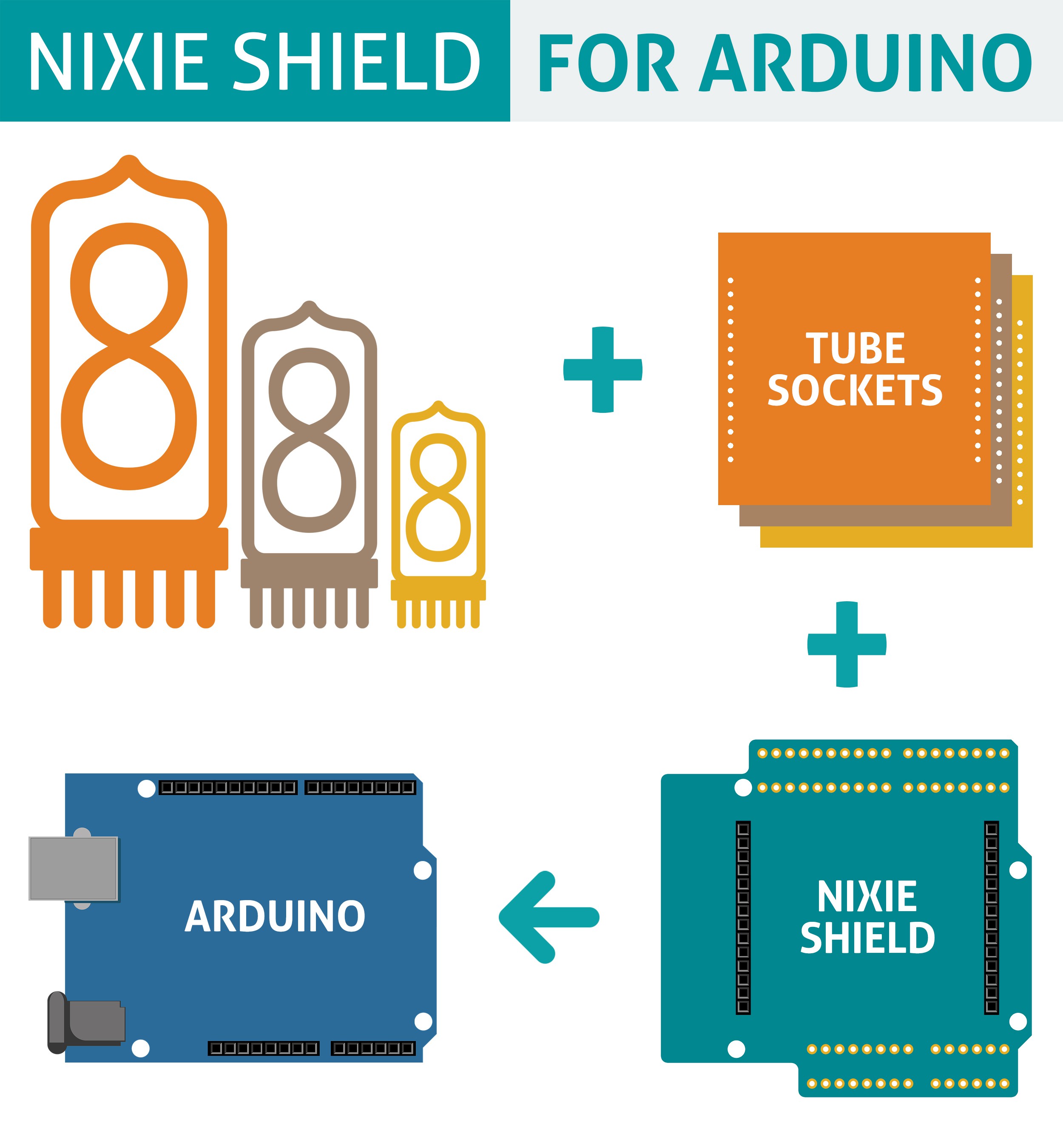
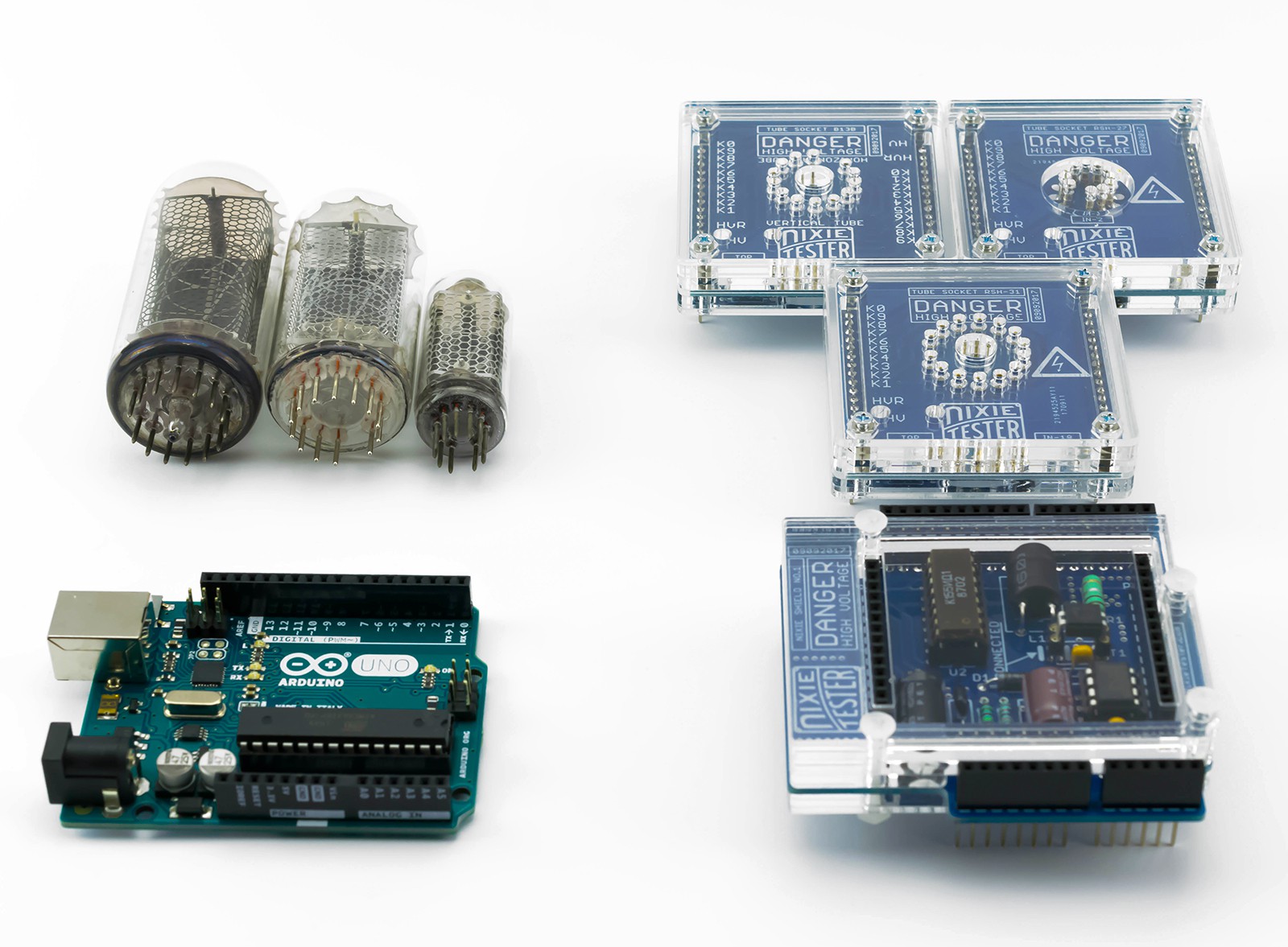

How to use
To use the shield, mount it on top of an Arduino board, then mount any nixie socket (with nixie tube) on top of the nixie shield. To upload sketches to the nixie "sandwich", connect it to your computer with a USB cable as you normally would. Once the sketch has been uploaded, you need connect 12V external power supply and voila.
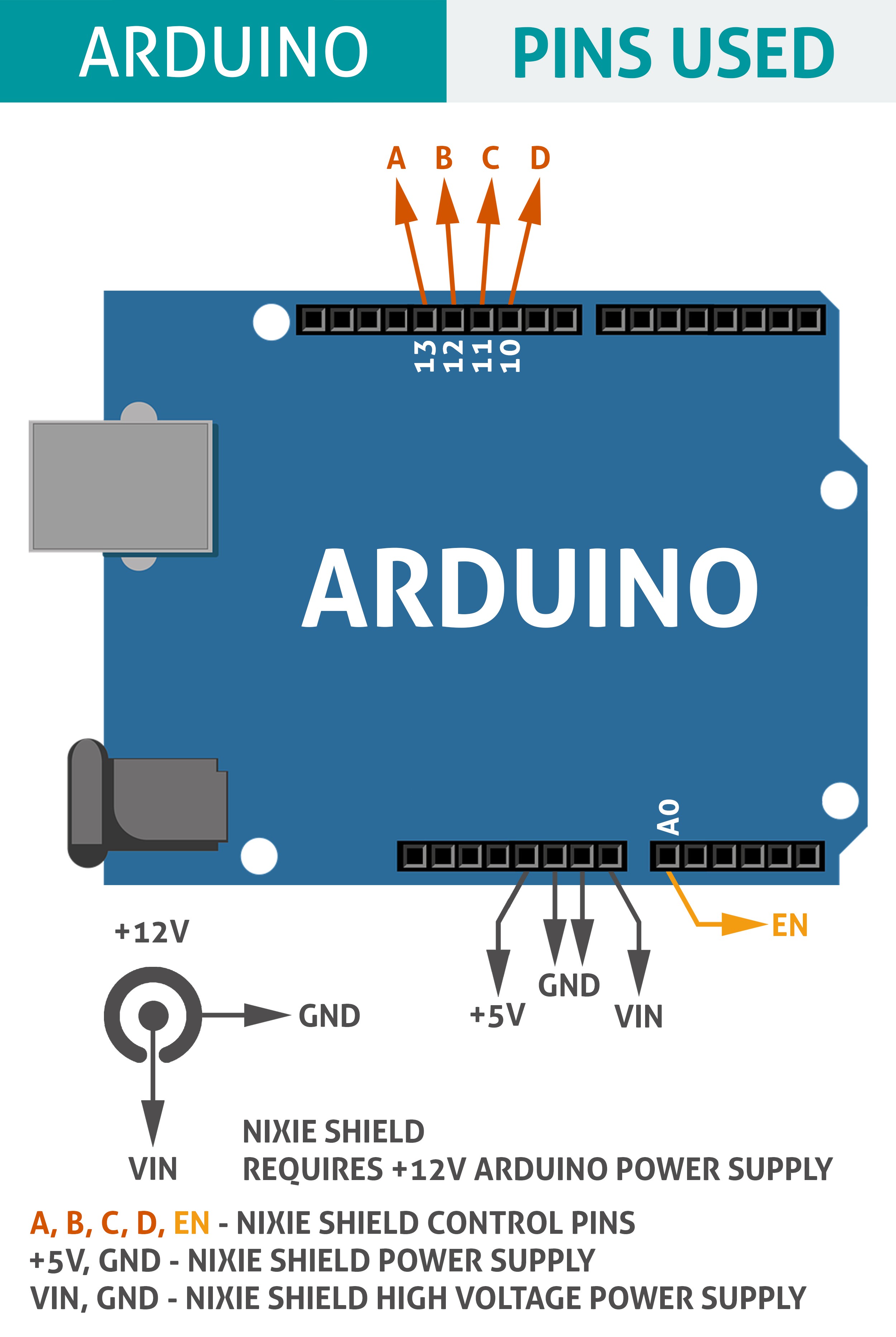
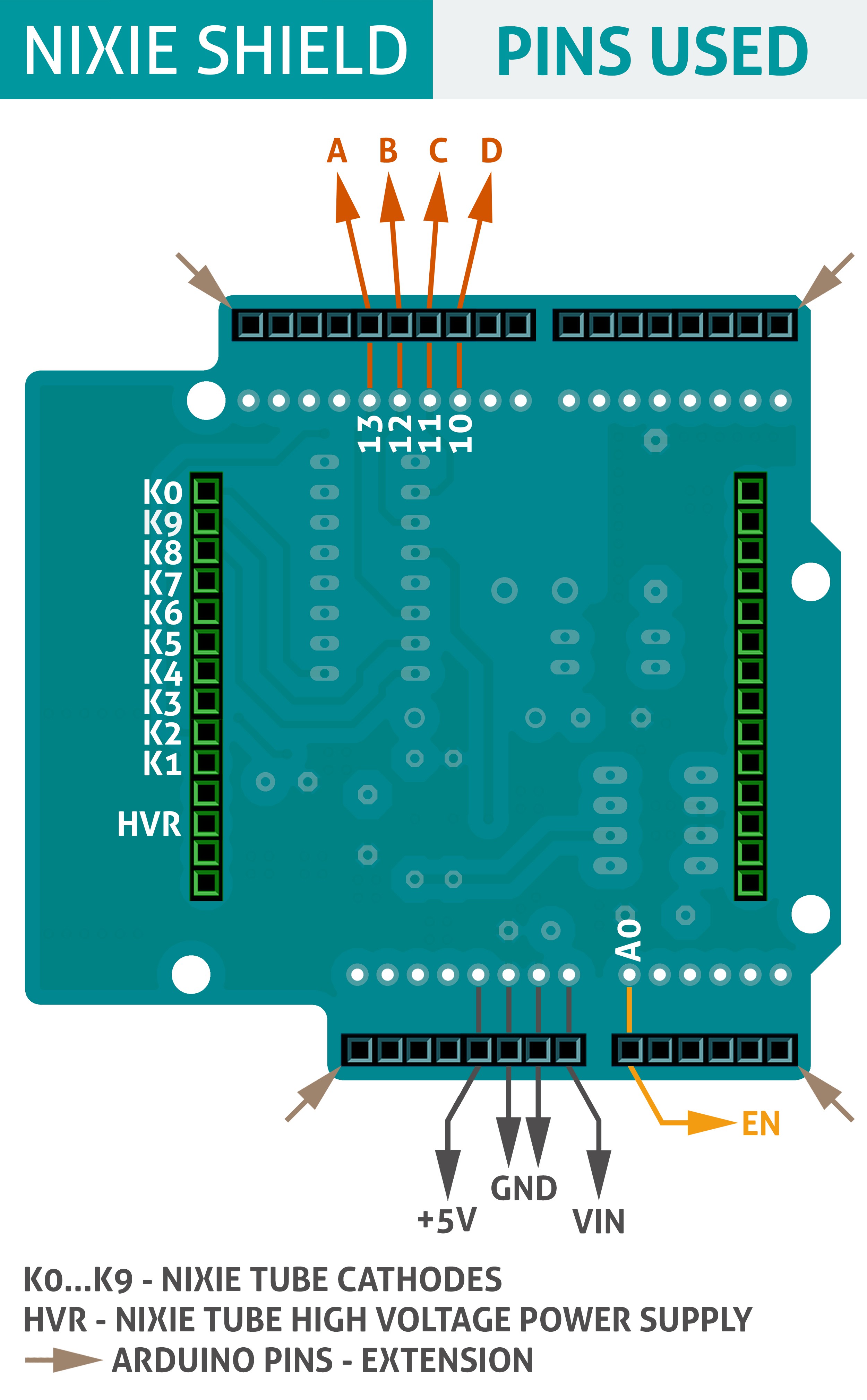

Extension pins
The Nixie Shield have extra functionality - external pins. All Arduino pins are available for use with different modules, breadboards (connected by jumper cables). You can use these pins with your projects.
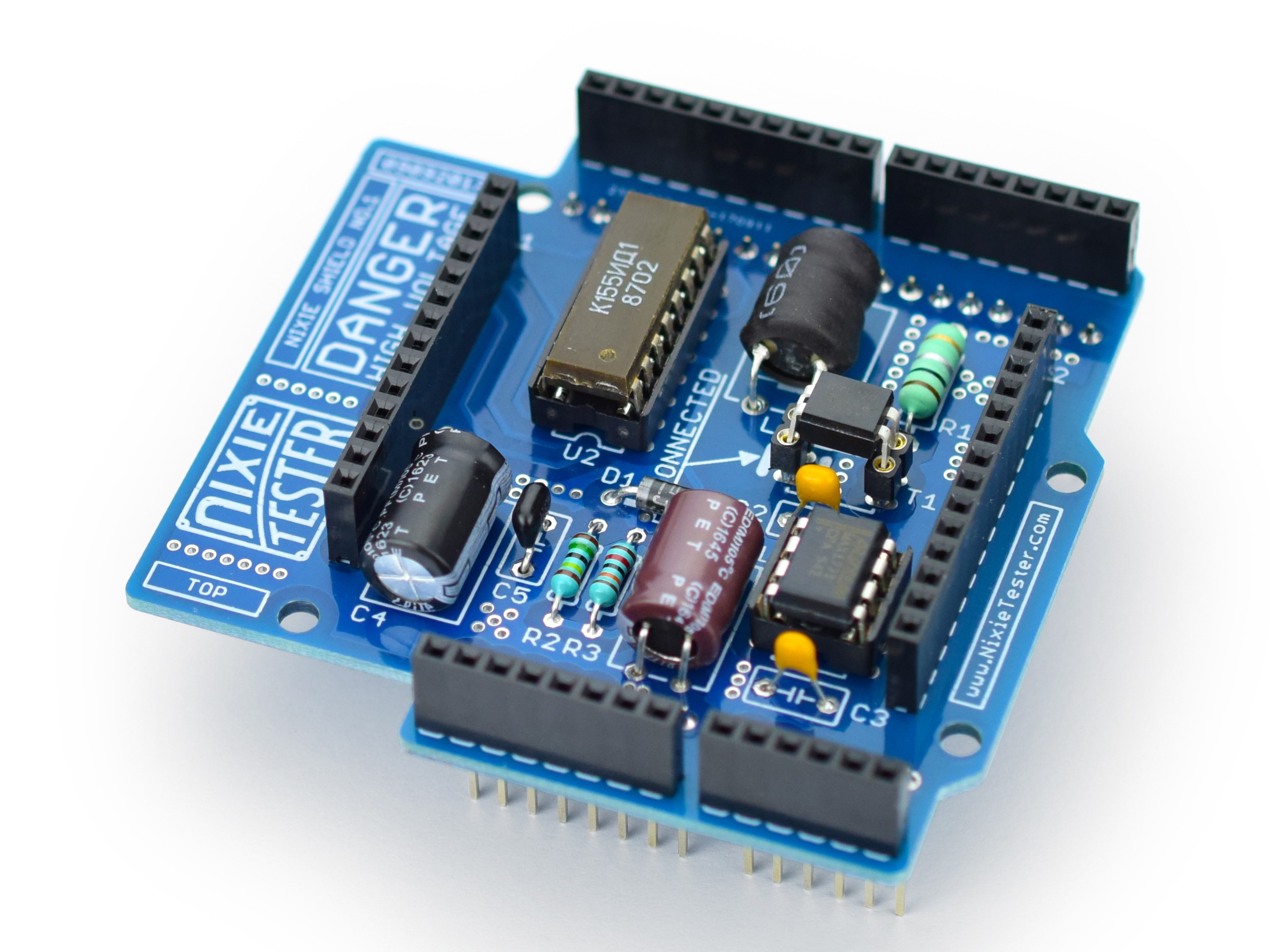
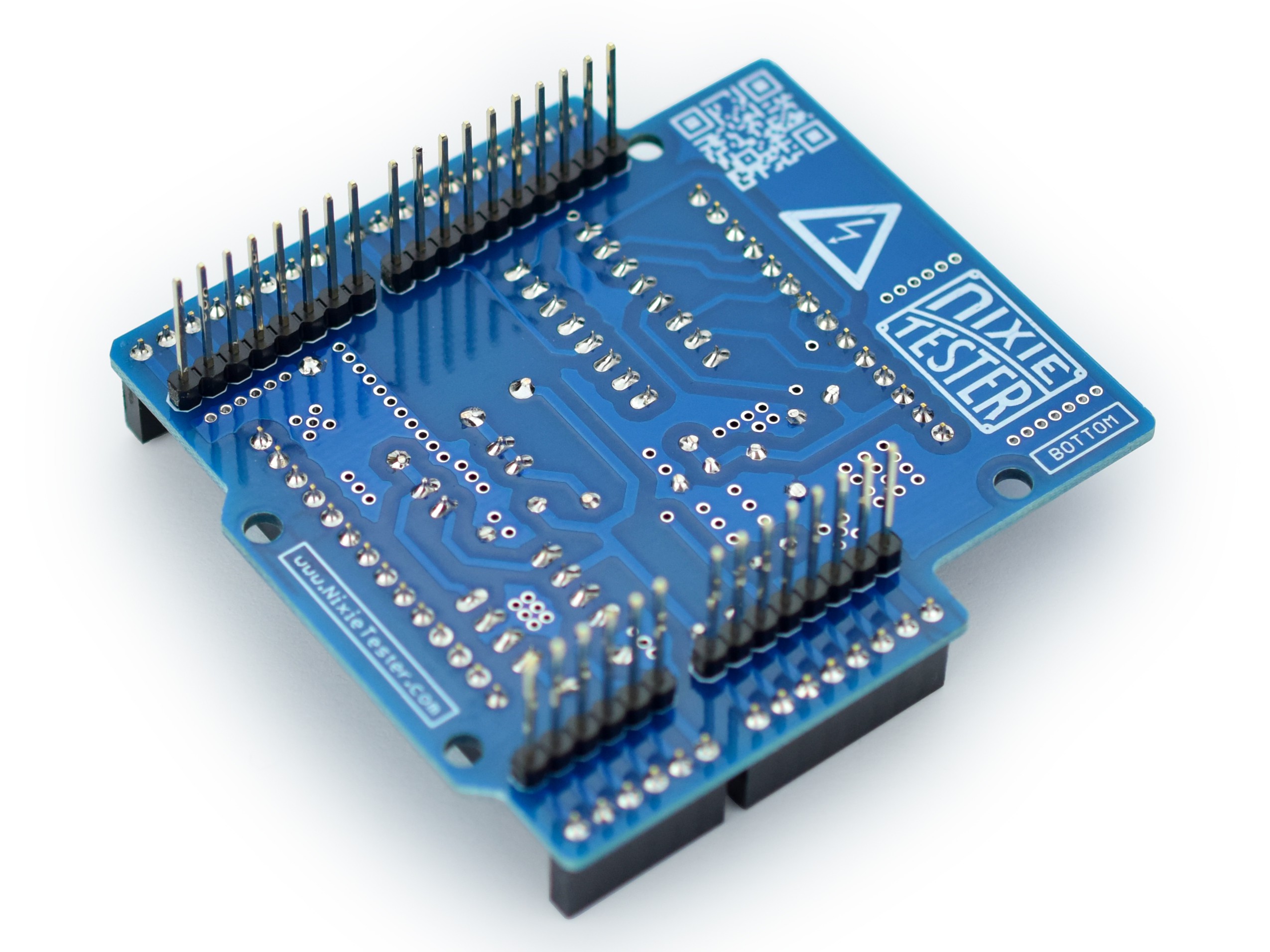
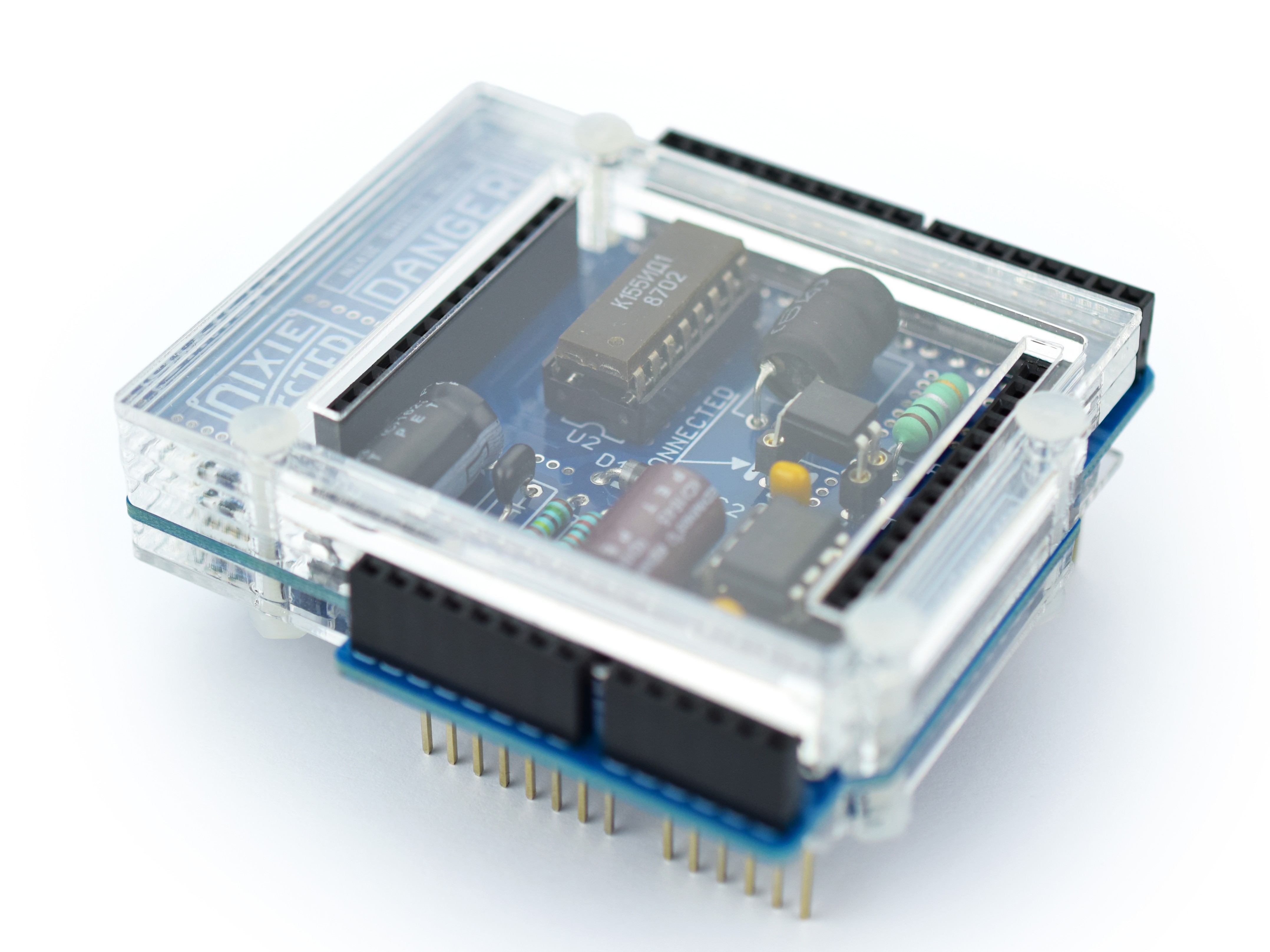
What you can build
- One tube clock
- Nixie tube tester
- Thermometer
- Counter
- Reminder
- Unread Mail Count / Notifier
- ... and more
You can use nixie tubes with any of your project.
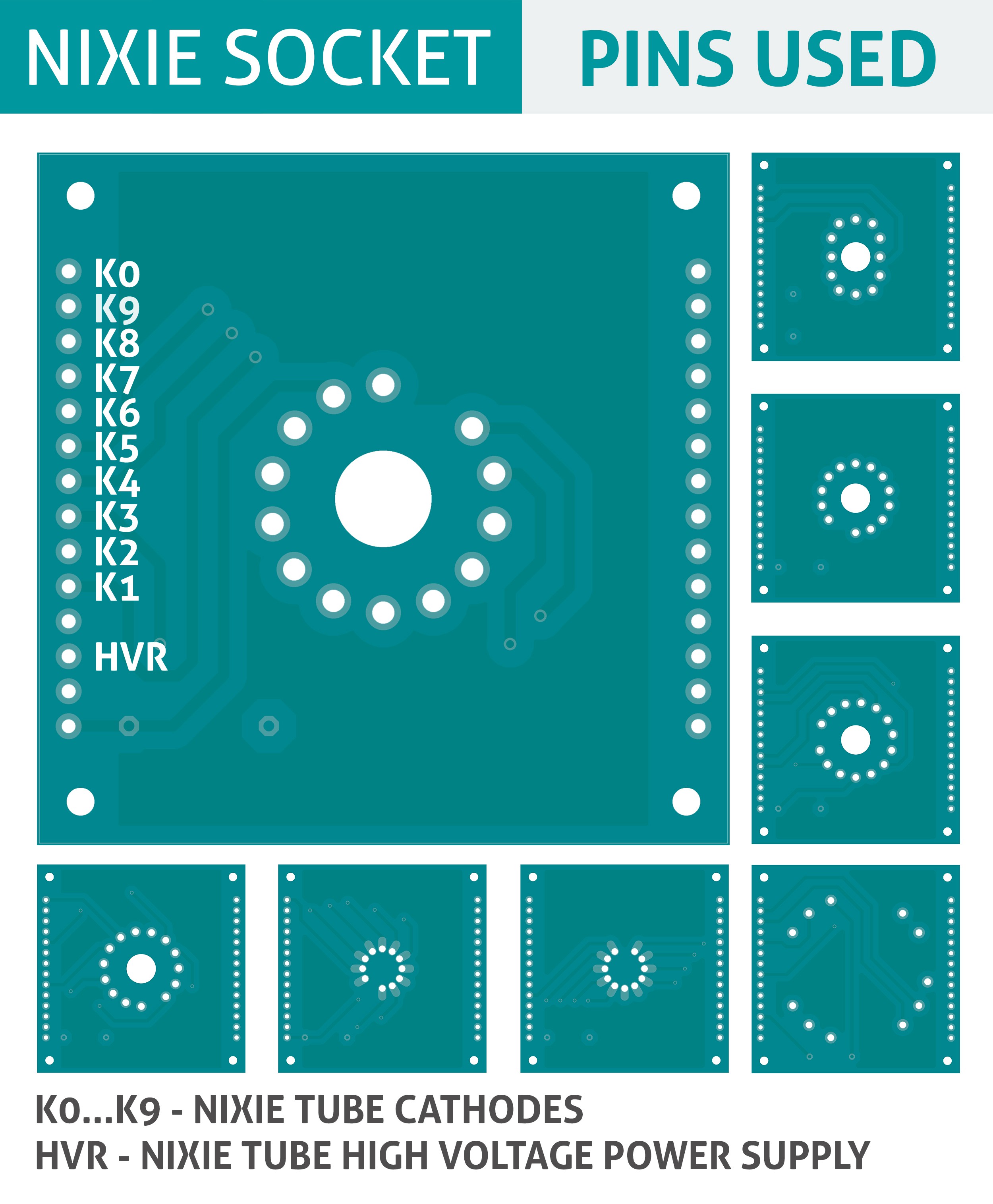
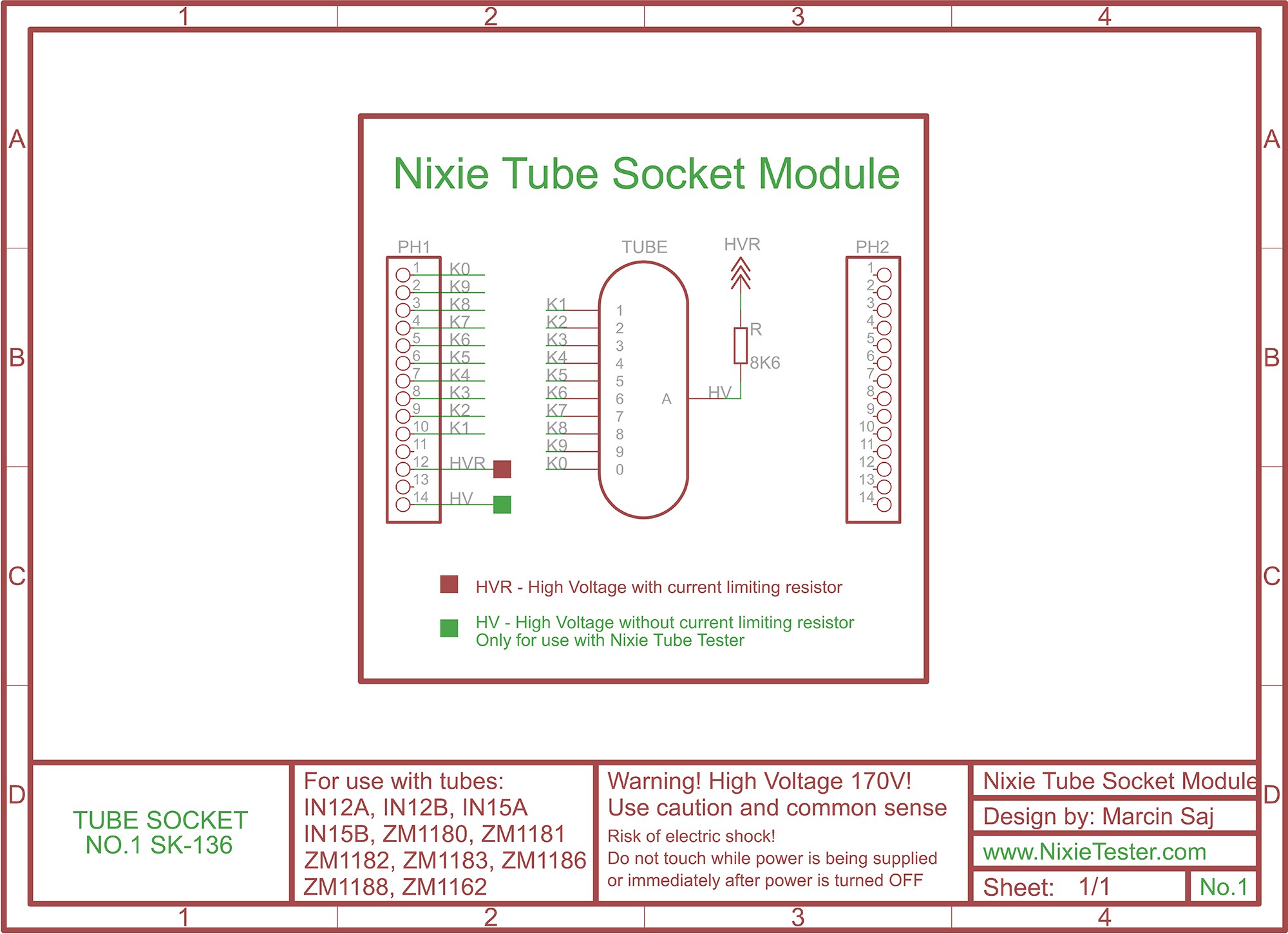
Why self assembly KIT
- Educational value - You can always learn something new
- Because it's fun to build
- Easy to assemble
- Without SMD components
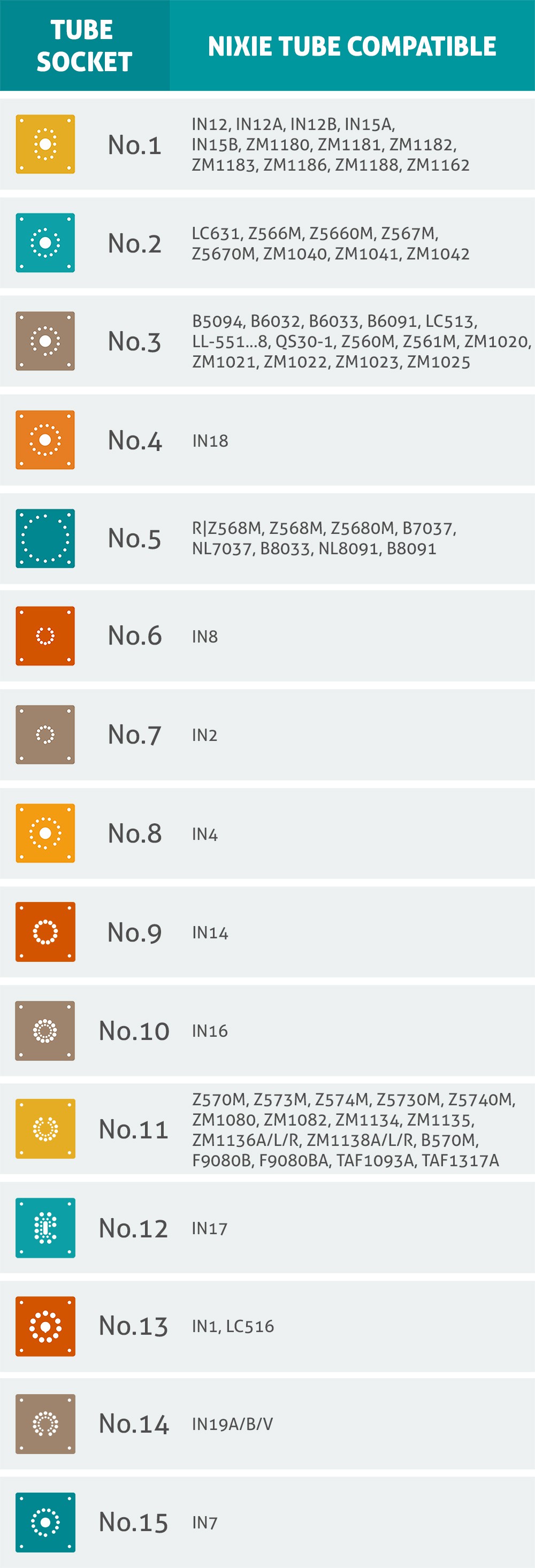
How to operate Nixie Tubes
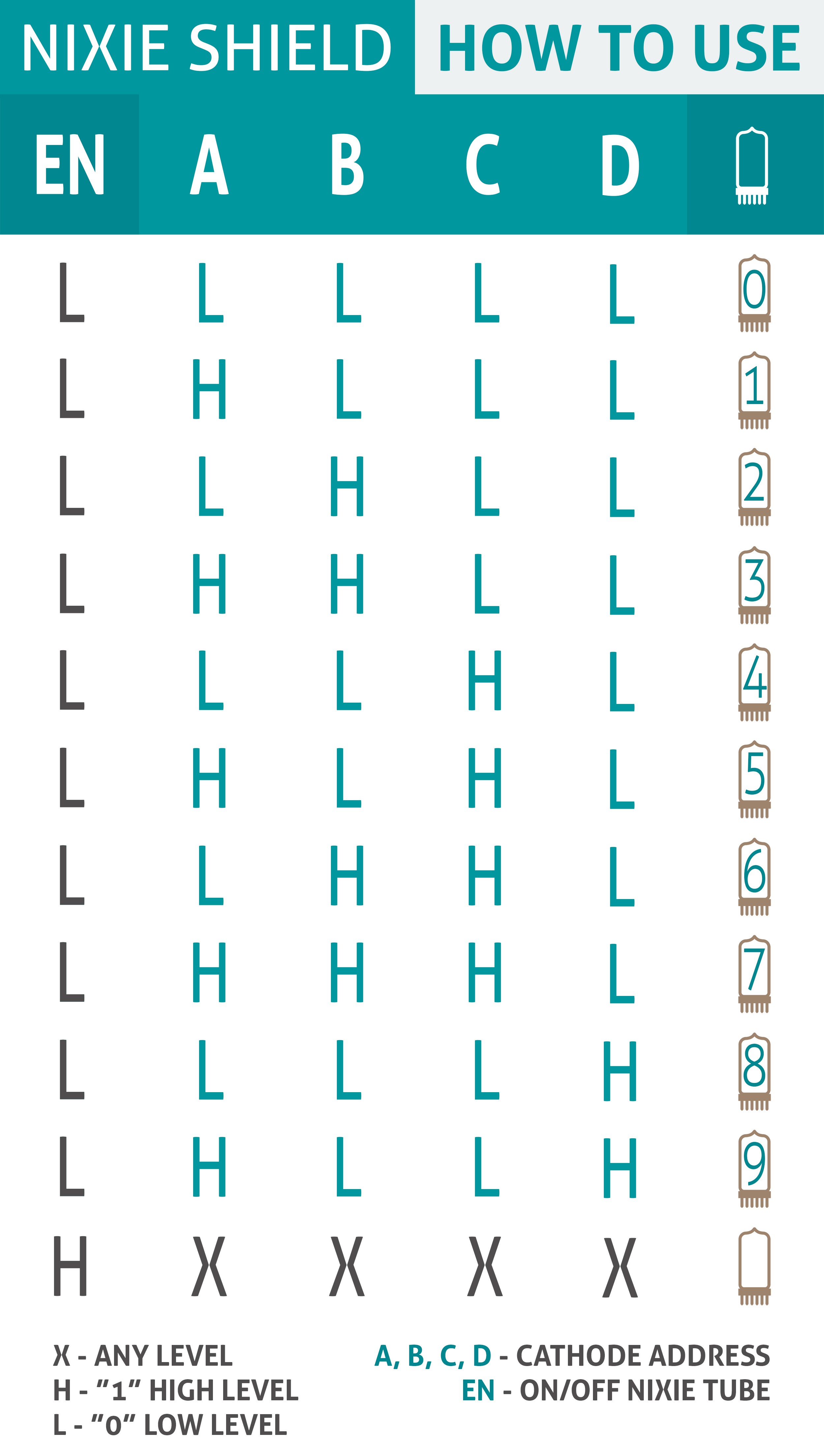
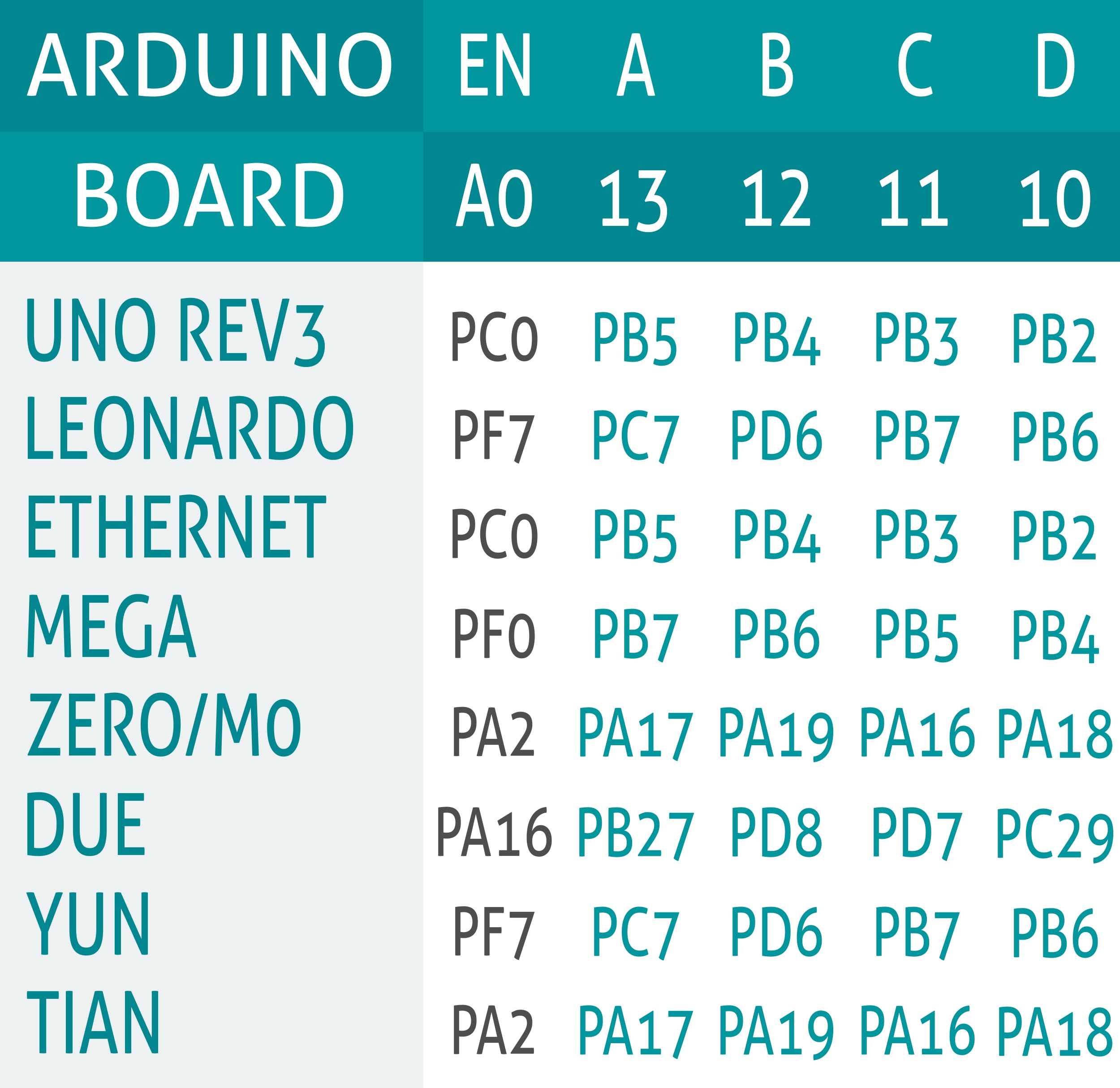
Arduino coding
Driving nixie tube by Arduino is very simple.
The Nixie Shield use only five Arduino pins. Take a look at the following code:
/*
Nixie Shield Basic Example
This example shows how to control a nixie tube with an Arduino using Nixie Shield
Nixie Shield uses five digital outputs to drive nixie tube.
Pin A0 as on/off line, 13,12,11,10 as an address of nixie tube cathode.
This example code is in the public domain.
http://www.nixietester.com
*/
const int EN = A0; // A0 pin is attached to on/off line
const int A = 13; // 13,12,11,10 pins are attached to address lines
const int B = 12;
const int C = 11;
const int D = 10;
void setup() {
pinMode(EN, OUTPUT); // declare pin A0 as output
pinMode(A, OUTPUT); // declare pins 13,12,11,10 as output
pinMode(B, OUTPUT);
pinMode(C, OUTPUT);
pinMode(D, OUTPUT);
}
void loop() {
delay (1000);
digitalWrite(EN, LOW); //turn on the tube
// set address of the tube cathode '0':
// ___
digitalWrite(A, LOW); // | |
digitalWrite(B, LOW); // | |
digitalWrite(C, LOW); // | |
digitalWrite(D, LOW); // |___|
delay (1000);
// set address of the tube cathode '1':
digitalWrite(A, HIGH); // /|
digitalWrite(B, LOW); // / |
digitalWrite(C, LOW); // |
digitalWrite(D, LOW); // |
delay (1000);
digitalWrite(EN, HIGH); //turn off the tube
}

Boxes for Nixie Sockets
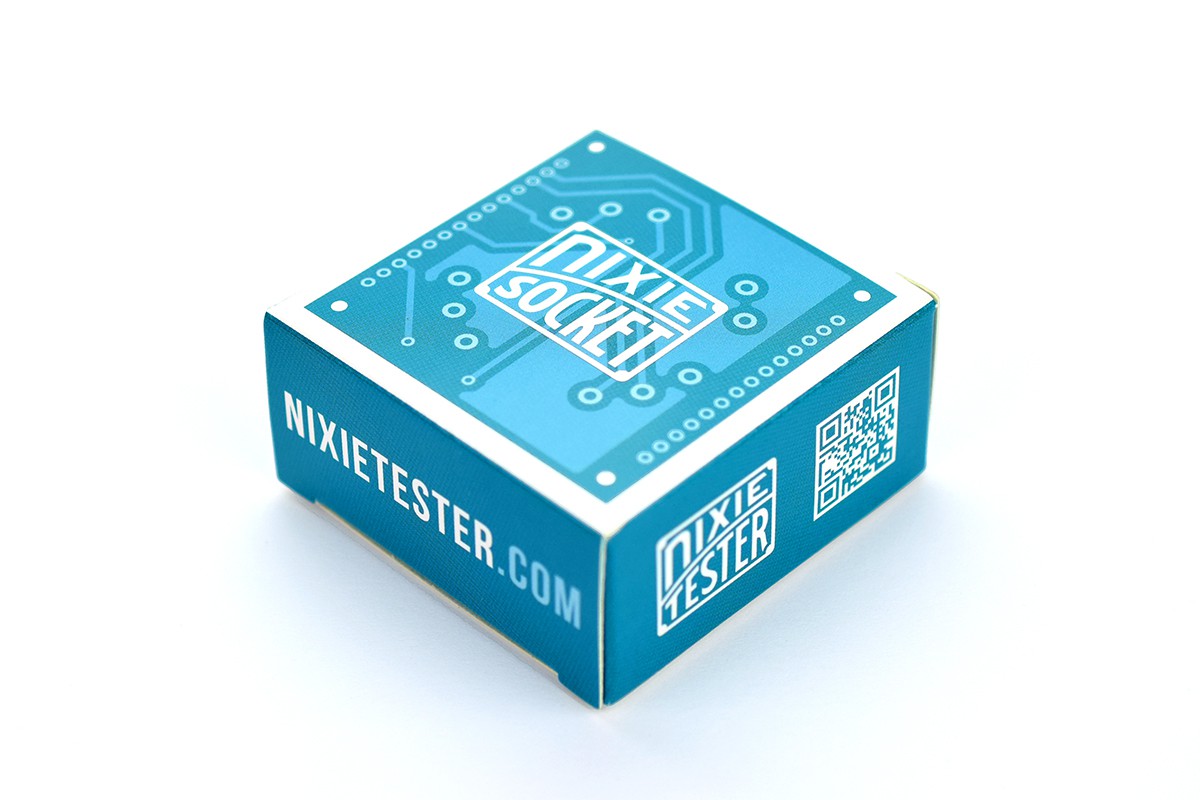
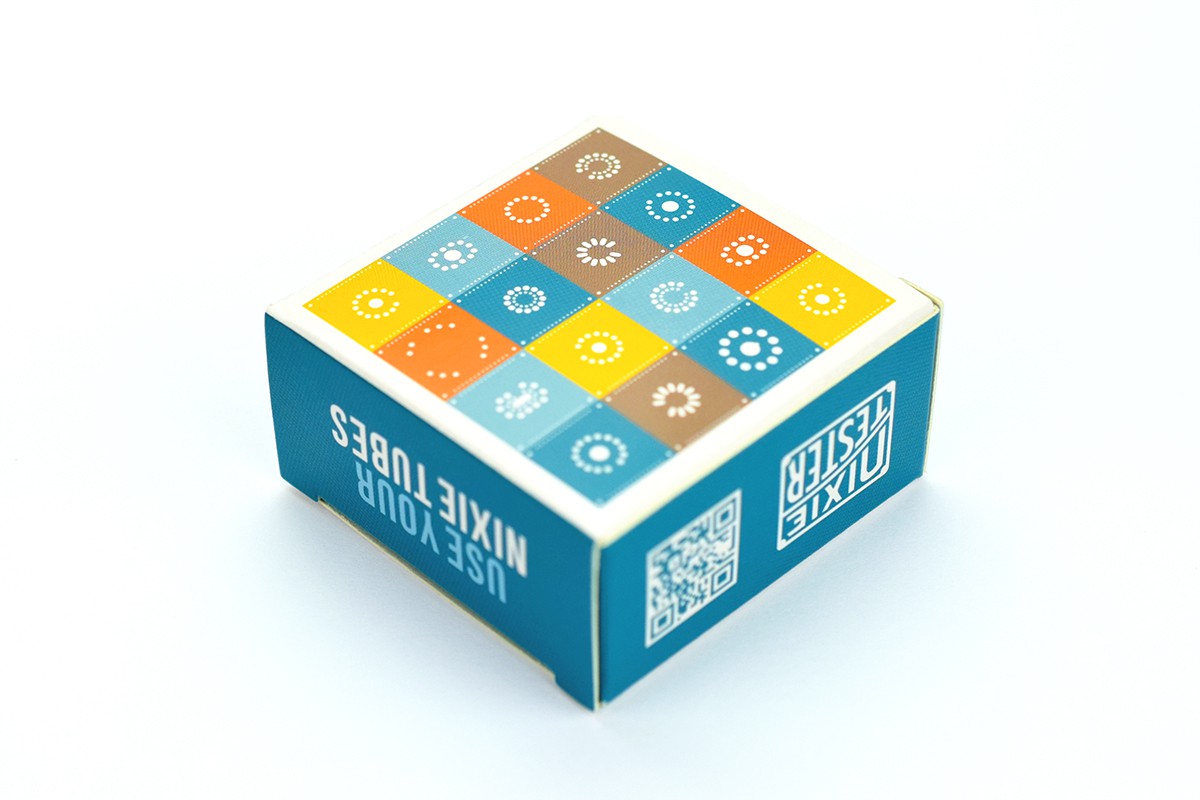
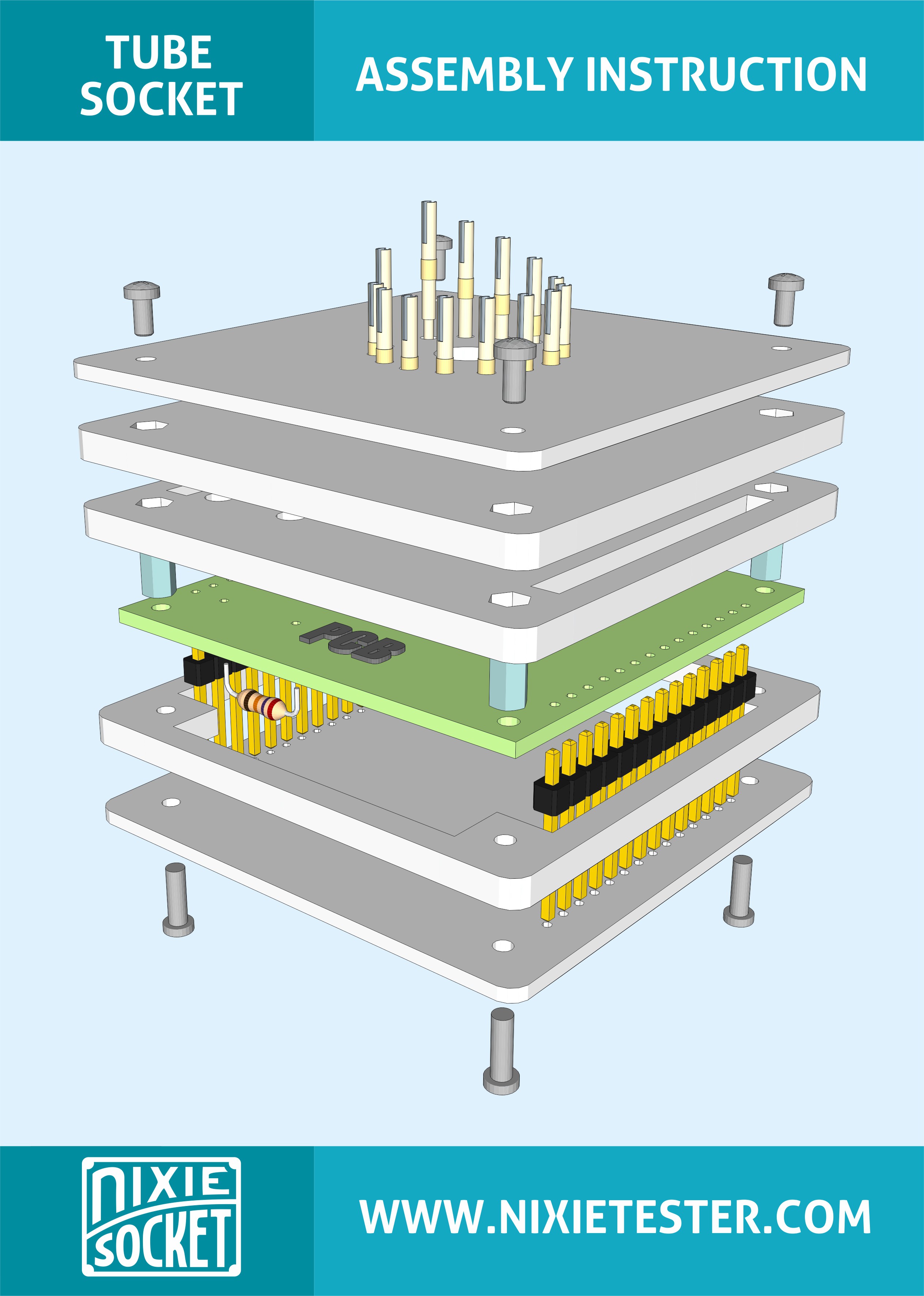
Tube Socket Assembly Instruction V1: https://github.com/marcinsaj

 Marcin Saj
Marcin Saj